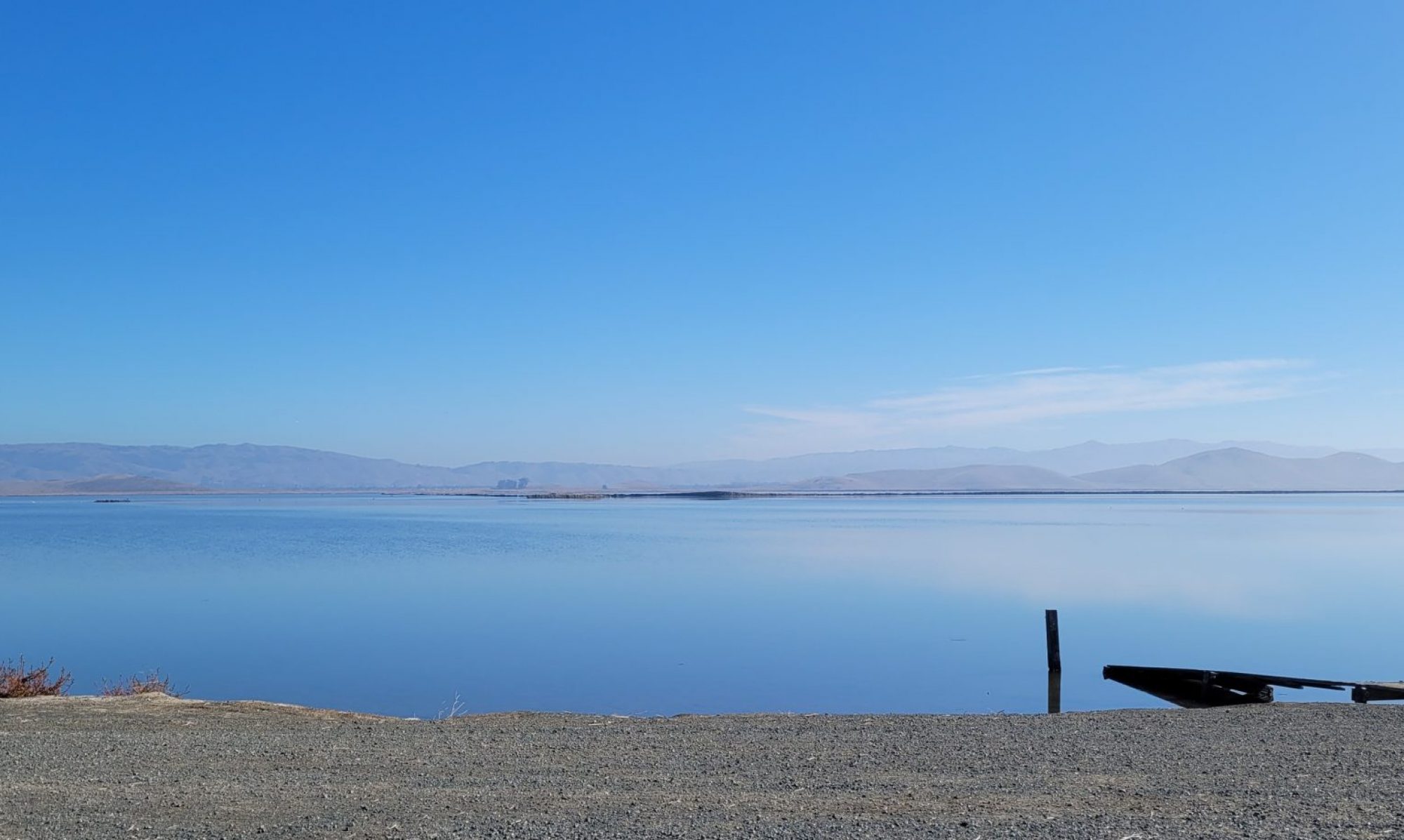
Indoor plumbing doesn’t get enough credit. We take it for granted, but one night spent camping is always enough for me to write fan letters to my en suite bathroom at home. In fact, plumbing as a whole doesn’t get enough credit. Prehistorians love to wax lyrical about the plow or cave paintings or Platonic ideals. They should be talking about irrigation. After all, find a sizeable population in history, and you’ll probably find a valve.
The Romans kind of cornered the historical air time on valves since they were the gold standard (Bronze standard? it’s the Bronze Age…) for plumbing as well as central heating. Numerous articles cover this in Valve magazine, and yes, there’s a magazine dedicated to valves. However, while we should give the Romans their due, the Egyptians were the first to use valves in irrigation, the Indus Valley builders of the largest public baths, the Mesopotamians creators of one fabulous desert garden after another, and the Incans masters of harnessing gravity to create waterfalls and canals.
Harnessing the power of water was one of humanity’s first ways of controlling their environment. The valve was an integral part of the story, such a simple little thing but very powerful. The best inventions are. Let’s consider:
- What is a valve?
- When and where were valves first introduced in ancient civilizations?
- What does the creation of the valve and the control of water imply about human thinking?


